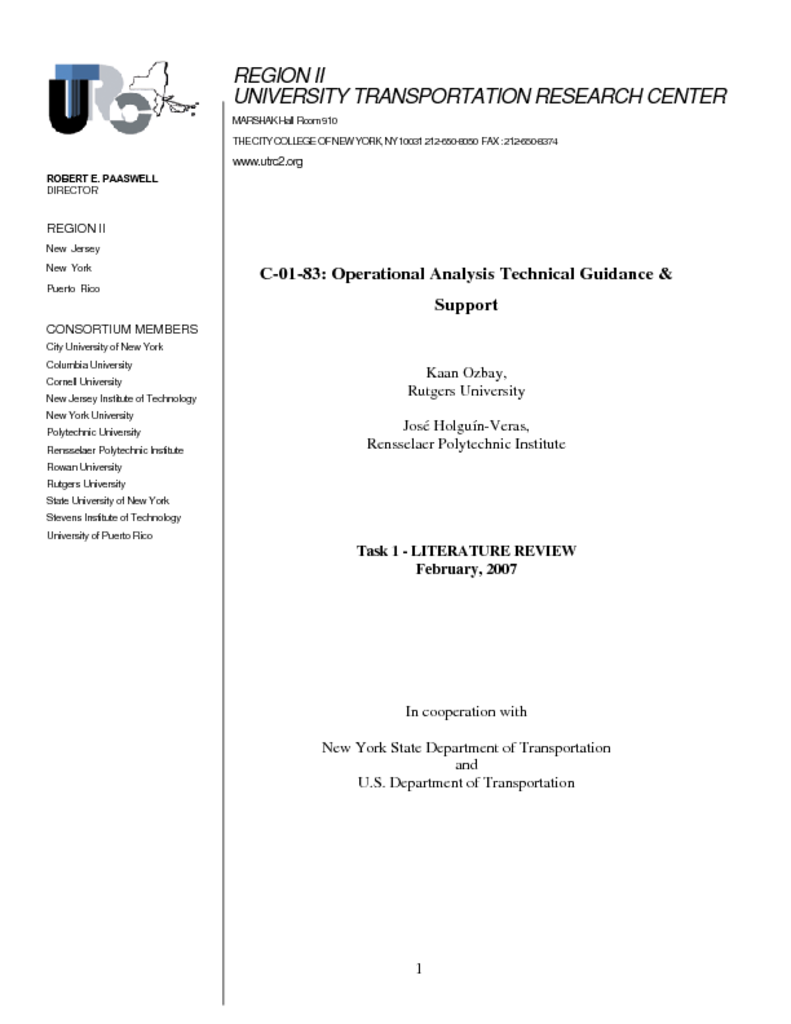In recent years computer simulation has become one of the most widely used and powerful tools in providing synthetic versions of highway traffic. Traffic simulation allows us to understand the current network characteristics, and predict the likely impact of the desired system under various demands and network conditions, where physical experimentation is difficult or often impossible. In this context, computer simulation is a very helpful offline tool for testing the proposed system components prior to implementation. It is clearly a cheaper and quicker way to analyze the effectiveness and the potential benefits of any proposed systems. With the advent of computer technology traffic simulation has developed from a research tool of limited group of experts to a widely used technology in the research, planning, demonstration and development of traffic systems. Today, many available software packages can simulate network traffic flow under short and long-term variations in travel demand, under various random events such as road closures, incidents, route diversions, and can also collect detailed results on vehicle delays, link travel time, stop time, etc. The common traffic simulation software packages are either based on microscopic or macroscopic simulation models. These use either stochastic or deterministic approach. With the increasing use of roundabouts in traffic system, many simulation software packages have been developed that are dedicated exclusively for roundabout design and analysis.




